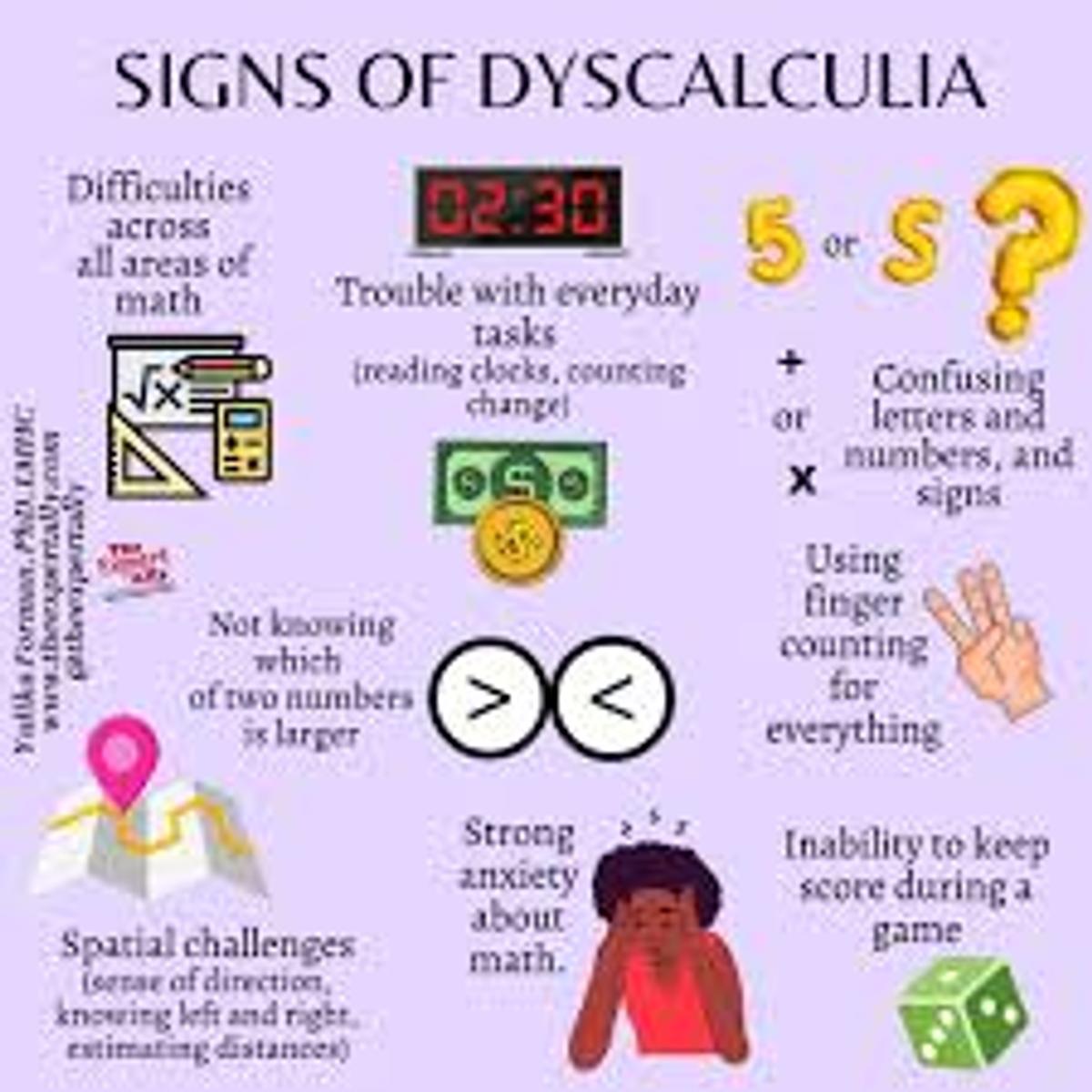Maths News
Paul Tarabay, Mathematics Leader

Maths News
Paul Tarabay, Mathematics Leader


It is little known that dyscalculia is a neurological disorder including lacking effective counting strategies, inability to add simple, single-digit numbers mentally and poor fluency in identification of numbers.


Supporting students with dyscalculia requires a tailored approach to help them succeed in maths and related areas. Some effective strategies schools can implement:
Early Identification and Assessment: Regular screening for maths difficulties can help identify students with dyscalculia early on, allowing for timely intervention.
Multisensory Teaching Techniques: Use visual aids, hands-on materials, and auditory instructions to engage multiple senses. Tools like manipulatives, number lines, and visual diagrams can be very helpful.
Structured and Explicit Instruction: Teach mathematical concepts in a clear, systematic manner, breaking down tasks into manageable steps and ensuring that each concept is mastered before moving on.


Use of Technology: Incorporate educational software and apps designed to support maths learning. Many tools provide interactive and engaging ways to practise maths skills.
Focus on Conceptual Understanding: Emphasise understanding rather than memorization. Help students grasp the "why" behind maths concepts through real-life applications and problem-solving.
Flexible Grouping: Allow for flexible group work where students can collaborate, providing peer support and reducing anxiety in learning situations.
Frequent Feedback and Positive Reinforcement: Provide regular, constructive feedback and celebrate small successes to boost confidence and motivation.
By implementing these strategies, we can create a more inclusive environment that supports the diverse needs of students with dyscalculia.